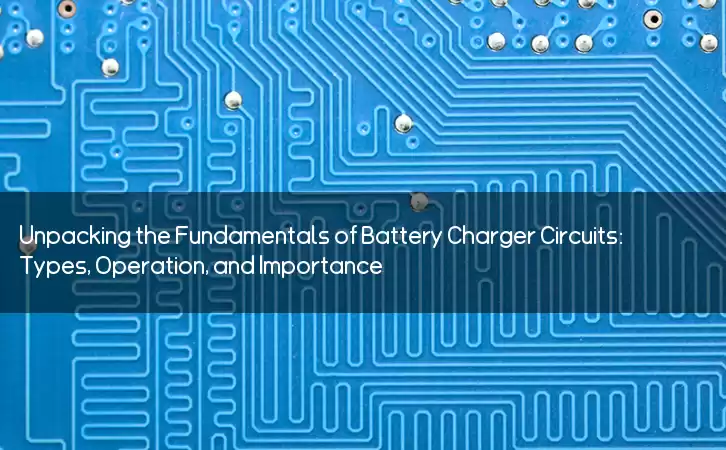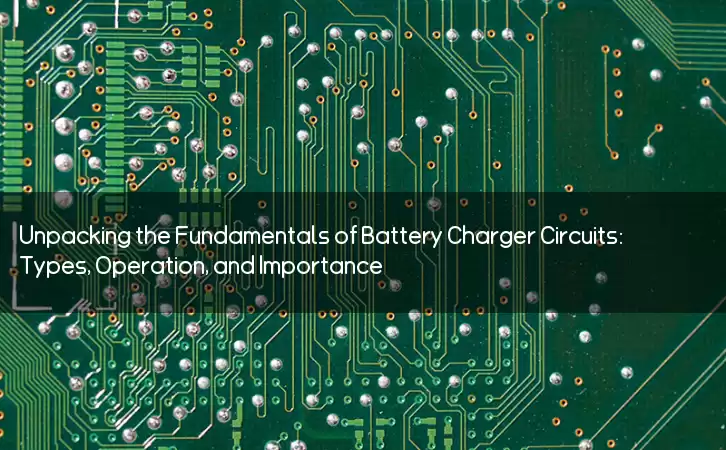Information Center
Unpacking the Fundamentals of Battery Charger Circuits: Types, Operation, and Importance
Published:2023-08-20 20:33:09 Author:Green WCND Views:52A battery charger circuit is an electronic circuit that is designed to charge a rechargeable battery or battery pack. This circuitry is essential for recharging batteries used in many electronic devices such as smartphones, laptops, and power tools, among others. In this article, we will discuss the fundamentals of a battery charger circuit, its types, and how it works.

Battery charger circuits come in various types, depending on the type of battery they charge, their charger topology, and the application for which they are used. The major types of battery charger circuits are linear chargers, switched-mode chargers, and pulse chargers.

Linear chargers are the simplest type of charger circuit, where current flows at a steady, continuous rate into the battery being charged. They are commonly used to charge small, low-cost batteries, such as those used in cell phones and other portable electronic devices.
Switched-mode chargers, on the other hand, are more complex and provide higher efficiency and charging rates by switching between charging and non-charging states. They can be used to charge various battery types like NiCD, NiMH, lead-acid batteries, and lithium-ion batteries.
Pulse chargers work by charging the battery through a series of pulses with varying amplitudes and frequencies. These chargers are often used to rejuvenate old and sulfated batteries to extend their lifespan.
The basic principle of a battery charger circuit involves converting an AC input voltage to a DC output voltage to charge the battery. The state of the battery, its voltage, and current requirements depend on the charger circuit. For instance, if the battery is depleted, the charging circuit will have to provide a higher charging voltage and current to recharge the battery.
To ensure the battery is recharged correctly and efficiently, most charger circuits are designed with sophisticated electronics to monitor voltage, current, and battery temperature. This helps in preventing overcharging, undercharging, and overheating of the battery, which can result in irreversible damage.
In conclusion, battery charger circuits are essential in recharging electronic devices with rechargeable batteries. They come in various types, depending on the application and battery type, and provide efficient and safe charging of batteries. With the increasing use of battery-powered devices in our daily lives, understanding and knowing how a battery charger circuit works is becoming increasingly important.
Power Adapter Design and Customization Guide for Portable Electric KettlesI. Common Design Types for Portable Electric Kettle Power AdaptersPortable electric ke···
I. Common Design Types of Power Adapters External Independent Type (Most Common) Design: A standalone adapter (e.g., "black brick") connected to the p···
Handheld Vacuum Cleaner Power Adapter Selection GuideIntroductionHandheld vacuum cleaners have become a mainstream tool for household cleaning due to their port···
Drill Power Adapter Selection Guide.drill-container { font-family: Arial, sans-serif; line-height: 1.6; max-width: 800px; margin: 0 auto; padding: 20px; } .dril···





